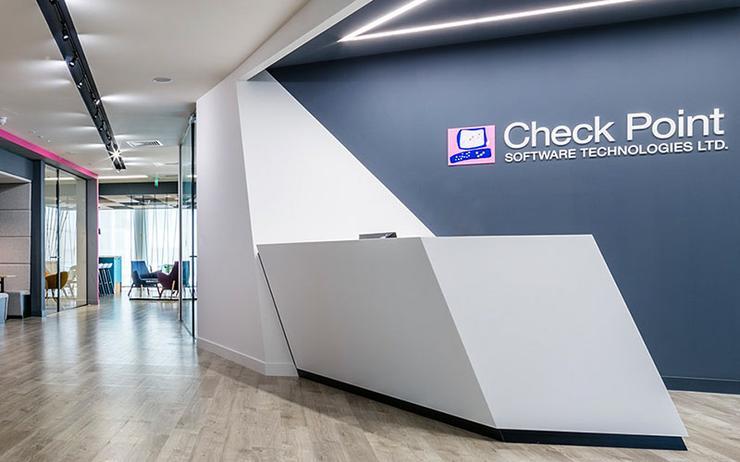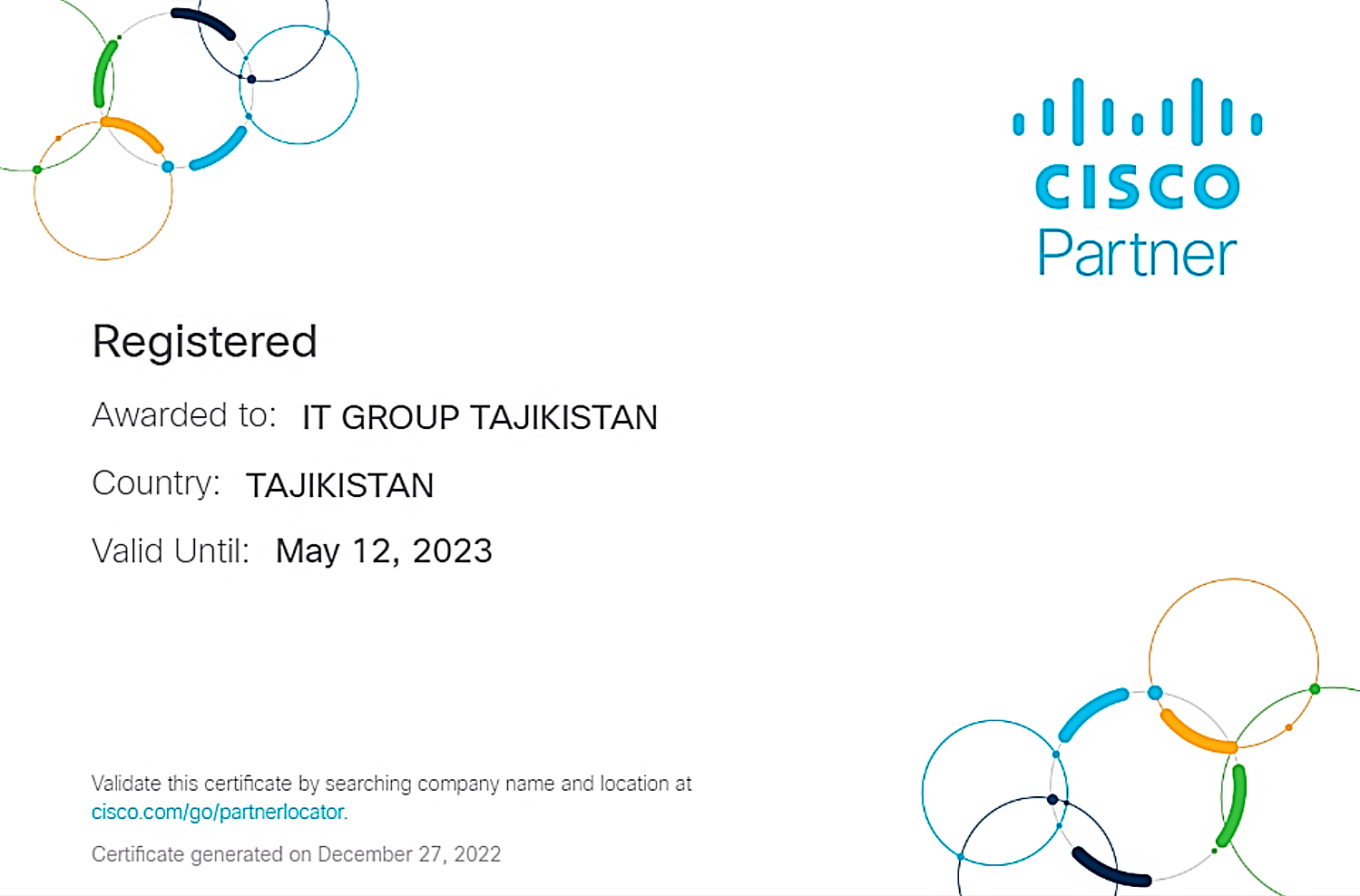It is a lot of information about a new post-Covid situation in the market and how to live in that it is possible to get lost not only in the corona-сrisis realities, but also in recommendations. World Economic Forum in the October report about the future of jobs gave couple of a practical advice what to pay attention when planning development in new reality to.
Artificial intelligence and robots
A set of technologies which plan to introduce the companies by 2025 is noted by some stability in comparison with plans for 2018. As well as earlier in TOP-3 cloud computing, big data and electronic commerce entered. They are planned from year to year, already very few people to surprise with it, and here significant growth in interest in enciphering which costs in plans for 2025 brightly reflects new vulnerabilities of our digital age. Most of all speak about technologies of enciphering in the government and public sector. Such interest is explained by tendency to confidentiality and privacy of data against the background of the events.

In many branches of economy, and especially a telecom, finance, health care and transport, outright thought of use of robots and artificial intelligence. What in general is clear and explainable, the ideal employee who gives the correct fast consultation to the client has access to the huge knowledge base, studies in several minutes, isn’t rude and doesn’t take offense (if, of course, doesn’t scoop “humanity” from forums) and that relevant now – isn’t ill, long ago is reality for many businesses. Perhaps, the robot the driver who has no personal musical preferences and desire to violate traffic regulations, could improve considerably consumer experience of the ordinary passenger of the taxi. And if to speak about the global idea of planning of the movement based on use of monitoring for forecasting of traffic, the analysis of big data for drawing up the best routes, forecasting to improve it use of the autopilot for minimization of accidents due to reduction of influence of a human factor, it doesn’t look such fantastic today any more. And such picture of global automation, at any given level, can be tried on practically to each business today.
Destiny of cars
Big data, the Internet of things and robotics also find broad application in the mining and metallurgical industries where the complexity of working process is high, the cost of idle time can be estimated in billions, and the human factor is a bottleneck – in any way not to do without automation and monitoring of processes. The most part of work which doesn’t demand decision-making by the person and even on the contrary can suffer from his intervention, has to be simplified and automated. Implementation of these technologies will influence requirements to workers and their skills. Routine tasks are a destiny of cars, and difficult and uncommon calls – calling of the Person.
Data of poll of the Forum on the future of jobs show that the companies expect restructuring of the labor in response to implementation of new technologies. In particular, the interviewed companies specify that they seek to change structure of the chain of value creation (55%), to introduce further automation, to reduce the current labor (43%) or to expand the labor as a result of deeper technological integration (34%) and also expand use of contractors for performance of tasks of specialized work (41%).
Implementation of new technologies becomes a noticeable trend for many companies. It is important to remember, new technologies “rushing into business” have to change not only a form of communication with the consumer, but to improve, and sometimes and to completely change a product and also the fact that 90% of projects of digital transformation don’t lead to reduction of staff, but considerably raises requirements to his competences.
And due to what technologies your company will stand out by 2025?
Victoria Chuchina





